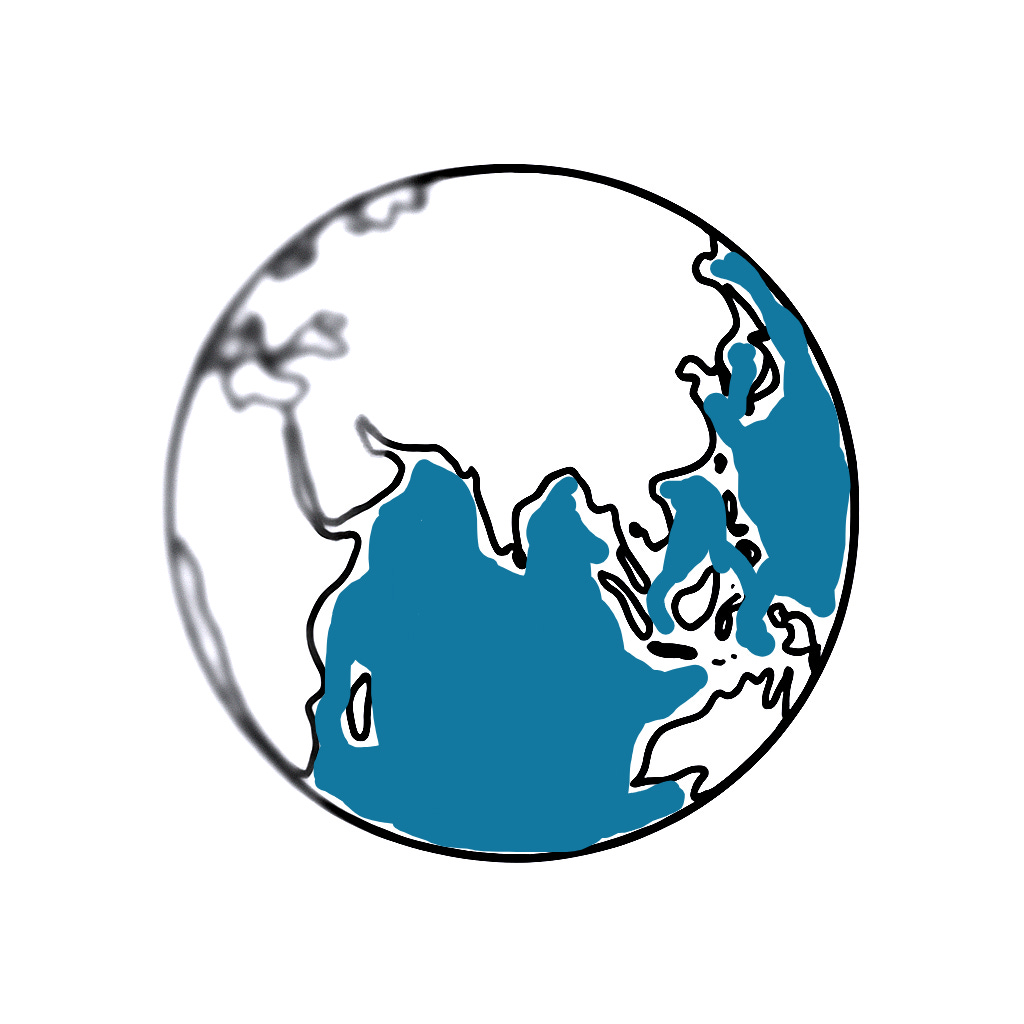Blurred Lines, Misaligned Decisions
When our worldview diverges from key stakeholders, it’s time to align and act.
Leaders don’t make decisions alone. They sit in rooms with boards, executives, regulators, investors, customers, communities, and partners across sectors. At times, we may share the same table yet see the world - and our business within it - entirely differently.
A significant cost in 2025 comes when stakeholders fail to recognise how the world is shifting. When worldviews clash inside organisations and across partners, momentum drains and agency shrinks. Instead of reshaping how we compete and succeed, we risk reacting or standing still.
You may recognise it:
In investment, a founder sees opportunities beyond investors’ appetite, but capital partners push back. Or a CFO backs diversification, yet colleagues tied to quarterly incentives block the move, keeping capital in fragile bets.
In export diversification, an SME general manager wants to move away from volatile traditional markets and build intangible offerings, yet the management team resists because they are convinced the risks outweigh the gains.
In supply chains, an operations leader spots new opportunities in emerging markets, but colleagues cling to long-standing providers despite disruption eroding reliability.
In geopolitics, a CEO argues for engaging with emerging trade corridors, but a board chair insists on benchmarking only against domestic rivals.
In talent, a CHRO pushes to tap international pools of digital skills, yet hiring managers prefer local practices that feel safer.
In AI and technology, a CIO demonstrates tools that automate compliance and unlock insights, but risk committees dismiss them as too risky.
The common thread is linear thinking. Each of these examples assumes stability. Yet in 2025, shocks are compounding - economic, environmental, geopolitical, and technological. When stakeholders continue to see the world in straight lines, the risk is delay and diminished competitiveness.
Within the Lines
For decades, business strategy meant defending ground: hold market share, protect intellectual property, and negotiate margins. It was a defensive game, played inside fixed lines and clearly defined borders.
That approach made sense when industries moved slowly, risks stayed local, competitors looked familiar, and the rulebook was predictable. In that world, it was far easier to stay on the same page with stakeholders.
Blurred Lines
Today, the rules have changed. The lines across industries, business functions, and regions are blurring.
McKinsey shows that more than 30% of trade corridors could shift by 2035 under current trends1. Parallel shifts are underway in technology, regulation, and the workforce.
AI-driven firms now leap borders, reshaping entire industries2. Cloud-native startups reimagine financial services and accelerate digital ecosystems3. Sustainable business models disrupt legacy industries, altering cost structures and customer expectations4 5.
DHL’s Trade Atlas highlights how supply chain hubs are rising in unexpected places such as Vietnam, Mexico, and the UAE6. The same dynamics apply to people and platforms: new skills, workforce shifts, and digital ecosystems are redrawing competition across borders7.
UNCTAD’s mid-2025 update shows that even as the movement of goods contracts, cross-border services are surging, mirroring how data, know-how, and platforms move across sectors and geographies8.
These shifts are not confined to trade or commerce. Healthcare innovation, education reform, public sector modernisation, and climate adaptation all show the same dynamics. Industries, regulations, and public expectations are shifting together.
The competitive landscape is being reshaped not only in where and what is traded, yet also in how companies and institutions organise, innovate, hire, and serve.
From Blurred Lines to Better Decisions
Seeing the blurred lines is the first step. Leaders may grasp that industries overlap, crises compound, and borders loosen. Yet if stakeholders stay locked in linear worldviews, opportunity is often lost.
Linear worldviews show up as:
Short-term incentives overriding long-term investment.
Familiar networks blocking diversification.
Local benchmarking obscuring global shifts.
Cultural comfort slowing international hiring.
Risk aversion halting adoption of new technologies.
The central question is whether our decision-making keeps pace with the world, or stays trapped inside familiar lines.
Towards a Shared View
We don’t need groupthink. We do need a shared view of reality. Without it, decisions fall behind the pace of change.
Achieving alignment requires structured engagement: mapping divergent interests, facilitating listening sessions, setting shared KPIs, and running scenario planning. These approaches build trust, create common ground, and accelerate collective action.
The sharper edge begins with noticing blurred lines. It is realised by building dialogue and alignment, so stakeholders see them too - and decisions reflect the world as it is, not as they wish it to be.
When we see the bigger picture with our stakeholders, we play a smarter game - shaping how we compete, adapt, and lead in a world where the lines are constantly shifting.
What’s Next
This is the first step in a broader journey. If this article frames the problem of misaligned worldviews, the next asks:
How do we measure the delta - the gap between what we see and what our stakeholders believe?
By mapping ambition and agency across stakeholders, leaders can see not just where drag occurs, yet how to move groups forward together. That’s where we’ll go next.



